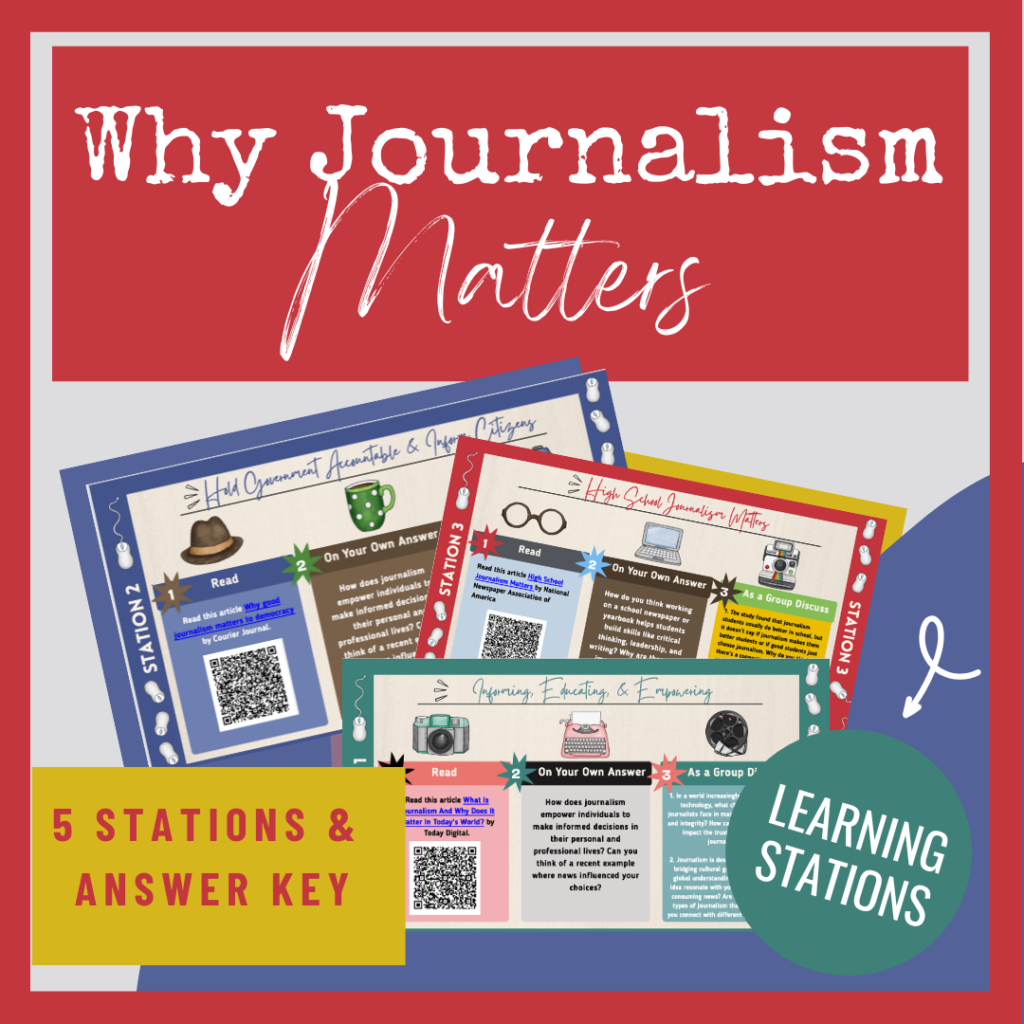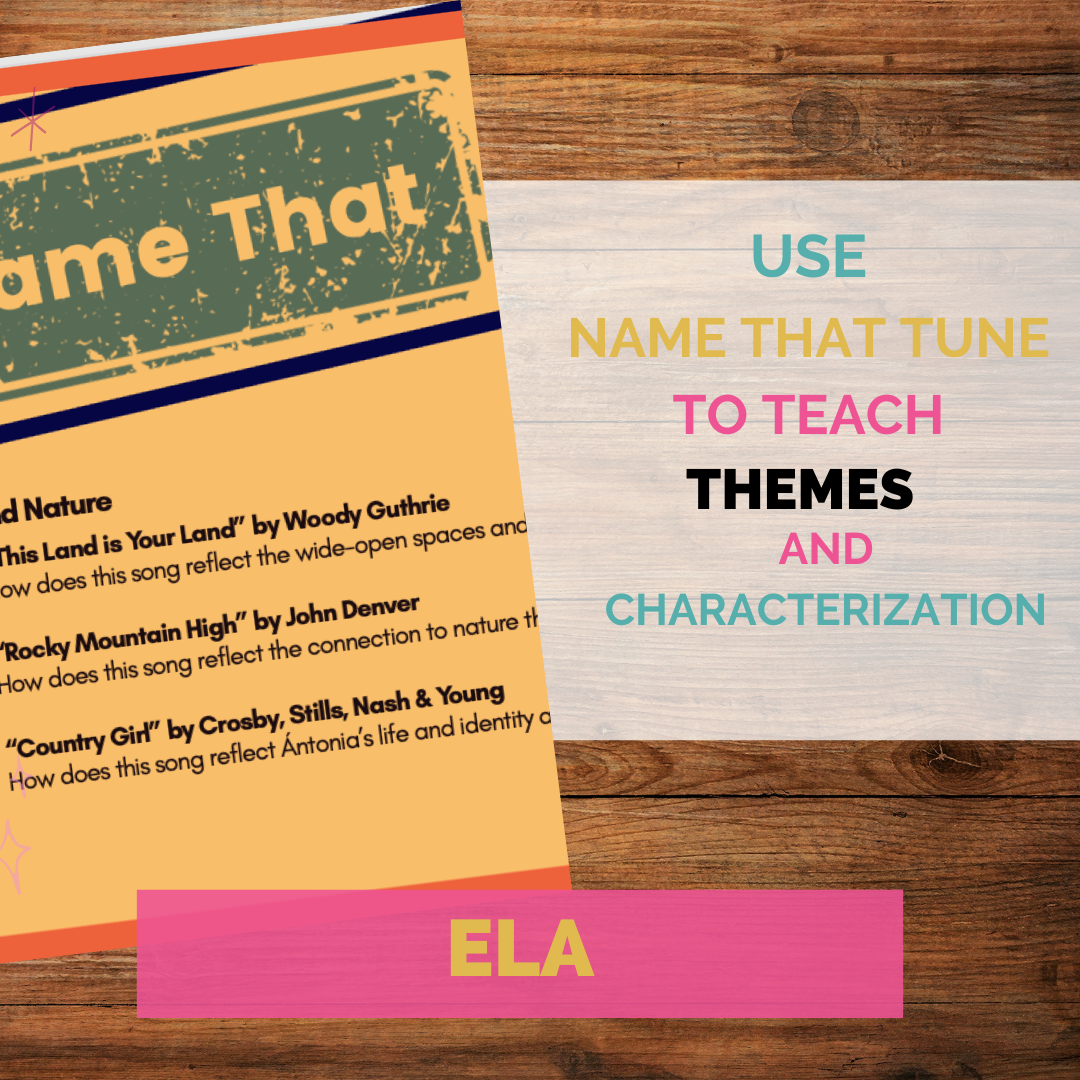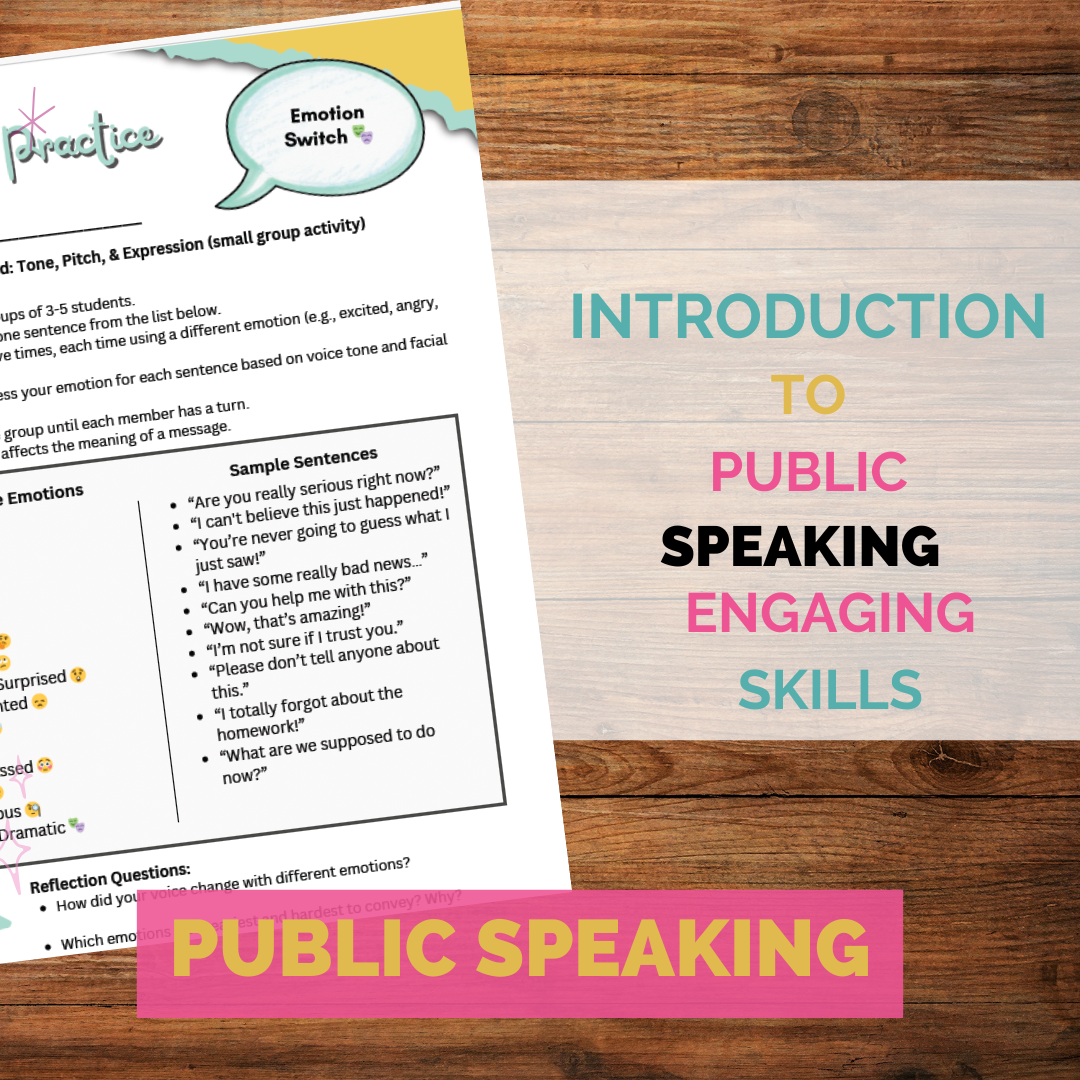
As educators, we’re always looking for dynamic ways to engage our students while fostering critical thinking and collaboration. Learning stations are an excellent method for achieving these goals, especially when teaching topics as impactful and relevant as journalism. By incorporating interactive and purposeful stations into your lesson plan, you can create a rich, student-centered learning environment that highlights the value of journalism in society.
What Are Learning Stations?
Learning stations are designated areas or activities in the classroom where students work in small groups or individually to explore specific tasks or concepts. Each station focuses on a unique aspect of the lesson, allowing students to engage with the material in diverse and meaningful ways. For a unit on journalism, stations can help students understand the foundational principles of journalism, its influence on society, and the skills needed to tell important stories.
Learning stations are especially effective because they:
- Foster active learning and collaboration.
- Allow for differentiated instruction to meet students’ needs.
- Provide opportunities for hands-on, creative, and reflective tasks.
- Break up the monotony of traditional lectures or direct instruction.
Ideas for Journalism-Themed Learning Stations
Here are some station ideas to explore the power of journalism with your students:
Station 1: Researching Journalism’s Role in Society
- Provide articles about landmark journalism moments (e.g., Watergate, Spotlight, or the Pentagon Papers).
- Ask students to identify how journalists held power accountable and why these stories mattered.
Station 2: The Impact of Student Journalism
- Share resources about student-led investigations, such as the Kansas high school team that exposed a principal’s fake degree.
- Encourage students to brainstorm topics they could investigate in their own school or community.
Station 3: Analyzing Modern Journalism
- Assign students to compare a professional news article and a student-written piece, focusing on structure, style, and purpose.
- Have them reflect on the challenges journalists face, such as censorship or misinformation.
Station 4: Creating Headlines and Stories
- Provide a set of facts about a fictional event and ask students to craft an attention-grabbing headline and a lead paragraph.
- Discuss how journalists make decisions about what information to highlight.
Station 5: The Philosophy of Journalism
- Offer quotes about journalism, such as “Journalism is what we need to make democracy work” (Walter Cronkite).
- Have students write a short reflection on why journalism is essential to society.
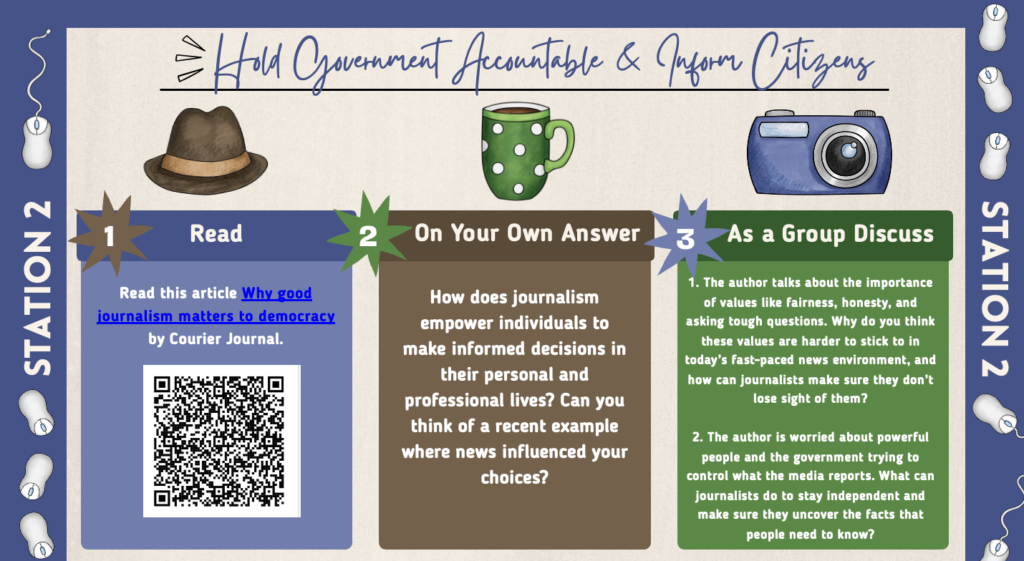
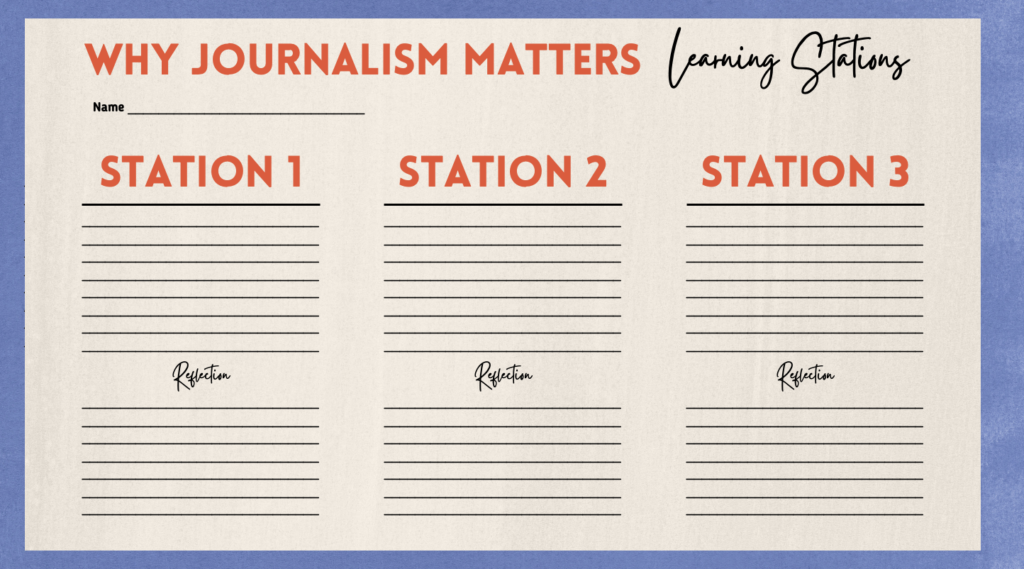
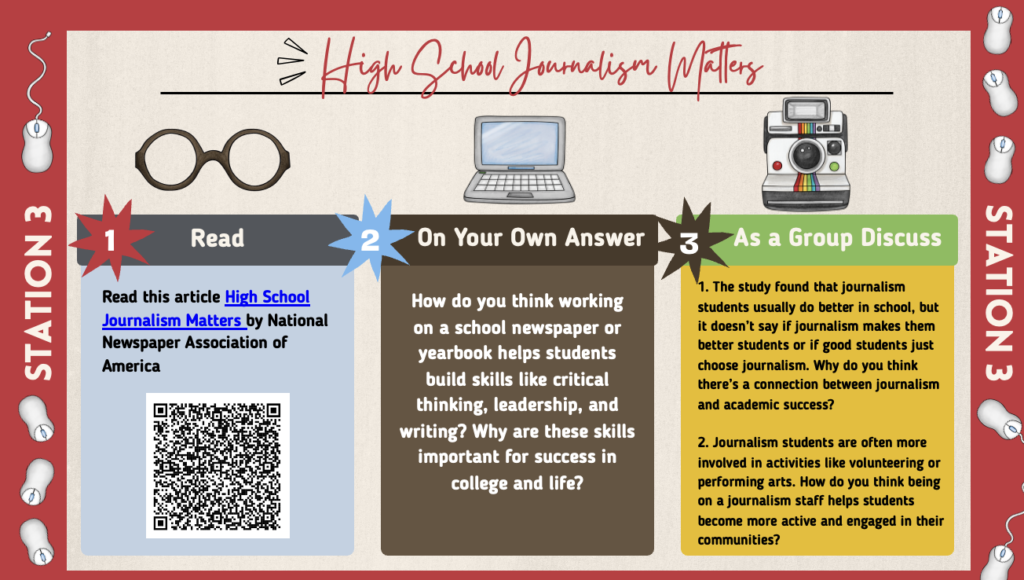
Why Teach the Value of Journalism?
Journalism is more than a career path; it’s a cornerstone of democracy and an essential skill for informed citizenship. By teaching students about the power of journalism, you help them:
- Understand Media Literacy: In today’s digital age, students need the ability to discern credible sources and navigate the flood of information they encounter daily.
- Recognize the Role of Accountability: Journalism holds leaders and institutions responsible, ensuring transparency and justice in society.
- Appreciate the Freedom of Expression: Learning about press freedom empowers students to value their own voice and understand the importance of protecting it.
- Develop Critical Skills: Reporting, writing, and investigating teach students to think critically, communicate effectively, and collaborate with others.


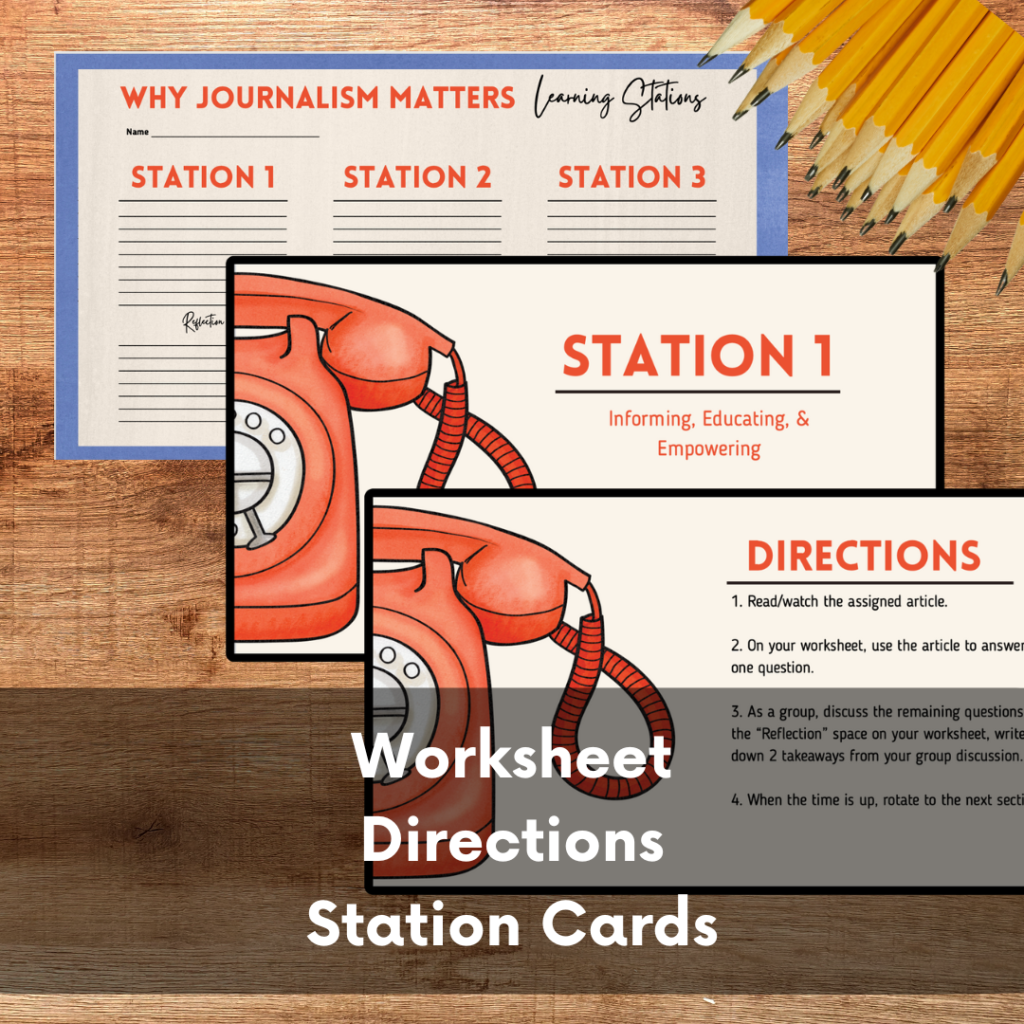
Resources for Student Access to Journalism Articles
To give students direct access to meaningful articles, consider the following sources:
- Student Press Law Center (SPLC): Includes resources about student press freedom and examples of student journalism.
- PBS NewsHour Extra: Features student-friendly articles and videos on current events.
- The New York Times Learning Network: Offers free articles and prompts for students, often focusing on youth perspectives.
- The Pulitzer Center on Crisis Reporting: A repository of in-depth journalism with educational resources.
Inspiring Future Journalists
Learning stations give students the tools and opportunities to explore the value of journalism in an engaging, hands-on way. Whether they dream of a career in the media or simply become more informed citizens, your students will leave with a greater understanding of why journalism matters and how they can contribute to a society that values truth and accountability. By embracing the power of journalism in your classroom, you’re equipping your students to think critically, act boldly, and tell stories that make a difference.
